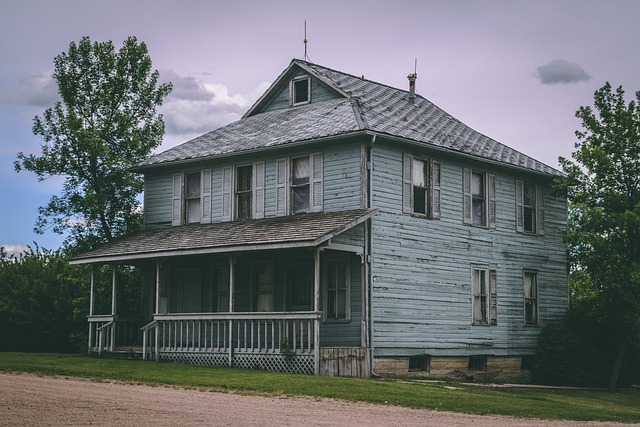
Purchasing a home that has sat vacant for months or even years can feel like uncovering a hidden treasure. Beneath the dust and silence, there’s potential for charm, equity, and a fresh start. But before you sign the dotted line, it’s critical to look past the surface and recognize the challenges that such properties often carry. Here’s what you need to know to navigate this unique purchase.
1. Nature Always Moves In
When humans move out, nature moves in. Long-vacant homes often serve as havens for pests, from termites and carpenter ants to rodents and raccoons. Inspecting for animal droppings, chew marks on wiring, and signs of wood damage can reveal whether the property has been hosting unwanted guests. Even if pests have vacated, their damage often lingers, and it’s not just cosmetic.
Mold and mildew can also take hold in poorly ventilated areas, particularly in basements, attics, or anywhere water leaks have gone unchecked. That faint musty smell isn’t something to brush off—it’s a red flag for potentially expensive remediation.
2. Plumbing and Electrical Mysteries
A vacant house’s plumbing system is like a muscle that hasn’t been used. Pipes may have frozen and burst in cold climates, or seals in fixtures might have dried out, leading to leaks. When water hasn’t flowed in a while, rust and sediment can accumulate, clogging lines and reducing water pressure.
On the electrical side, neglect can be equally problematic. Rodents chewing on wires, outdated breaker panels, or corroded connections are common issues in homes left untouched. Flickering lights and tripped circuits can be the least of your worries if there’s underlying electrical degradation.
3. Foundation and Structure: Silent Signs of Trouble
A long-vacant home might sit in a state of slow decay, with small problems snowballing into major structural concerns. Foundation cracks, shifting walls, or sagging floors may result from prolonged exposure to moisture, freeze-thaw cycles, or neglect. Don’t underestimate subtle clues like uneven doorframes or windows that refuse to close properly.
4. Hidden Hazards of Aging Systems
Outdated HVAC systems and water heaters are common in vacant homes, especially if the property hasn’t been modernized in years. Heating and cooling systems often become breeding grounds for dust, allergens, and even mold if filters and vents haven’t been maintained. Before you fire up that old furnace or AC unit, prepare for a detailed inspection and potentially costly replacements.
5. Unexpected Costs Beyond Repairs
It’s not just physical repairs that add up. Homes left vacant often come with unpaid taxes, liens, or fines from the city for unkempt lawns or code violations. Be sure to dig into the property’s legal and financial history so you’re not blindsided by expenses you didn’t plan for.
6. The Bottom Line: Potential Awaits, But Be Ready
Buying a long-vacant home is an adventure in potential—but it’s not for the faint of heart. These properties can offer significant opportunities for customization and value appreciation, but they demand careful due diligence. The key is to go in with eyes wide open, armed with professionals who can help you identify risks and assess the true cost of bringing the property back to life.
When done right, turning the lights back on in a long-neglected house can be one of the most rewarding endeavors in homeownership. Just make sure you know what you’re walking into before you cross that threshold.

Recent Comments